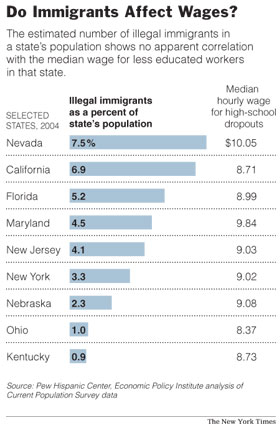Writing on Weds., July 12th, libertarian litigator Clint Bolick, seeks to improve failing schools by using the courts to increase parental choice:
A world of education reform will change tomorrow when a group of families files a class action lawsuit in Chancery Court in Newark, N.J. They are asking for an immediate and meaningful remedy for 60,000 children trapped in failing schools — by transferring control over education funds from bureaucrats to parents.
Seeking to vindicate the state constitutional guarantee of a "thorough and efficient" education, the plaintiffs in Crawford v. Davy ask that children be allowed to leave public schools where fewer than half of the students pass the state math and language literacy assessments that measure educational proficiency; and that the parents of these children be permitted to take the pro rata share of the public money spent on their children, to seek better opportunities in other public or private schools. Supporting the families are three prominent New Jersey groups: the Black Ministers Council, the Latino Leadership Alliance, and Excellent Education for Everyone.
The remedy these parents seek is fundamentally different from the one established by more than three decades of litigation across the country. Courts in states like New York, Texas and California have ordered massive increases in school funding to fulfill state constitutional mandates for educational "equity" or "adequacy," all on the belief that more money will boost school quality and student performance. The funds have produced new programs and bureaucracies, but too often they fail to trickle down to the students by way of improved educational quality.
In any area other than education such a remedy would be considered bizarre. Suppose you purchased a car whose warranty promised "thorough and efficient" transportation, and it turned out to be a lemon. If you sued to enforce the warranty, would a court order a multibillion dollar payment to the auto maker in the hope that someday it would produce a better product? Of course not: It would order the company to give your money back so you could buy a different car.
For the full commentary, see:
CLINT BOLICK. "Remedial Education." The Wall Street Journal (Weds., July 12, 2006): A16.


 Bjorn Lomborg. Source of image:
Bjorn Lomborg. Source of image: 
 Source of book image: online version of WSJ article cited below.
Source of book image: online version of WSJ article cited below.

 Close, and distant, maps of the areas effected. Source of maps: online version of the NYT article cited above.
Close, and distant, maps of the areas effected. Source of maps: online version of the NYT article cited above.
 A vacuum tube used in guitar amplifiers, that was produced in the factory that Mike Matthews owned. Source of photo:
A vacuum tube used in guitar amplifiers, that was produced in the factory that Mike Matthews owned. Source of photo: 


 Source of graphic: online version of WSJ article cited below.
Source of graphic: online version of WSJ article cited below.